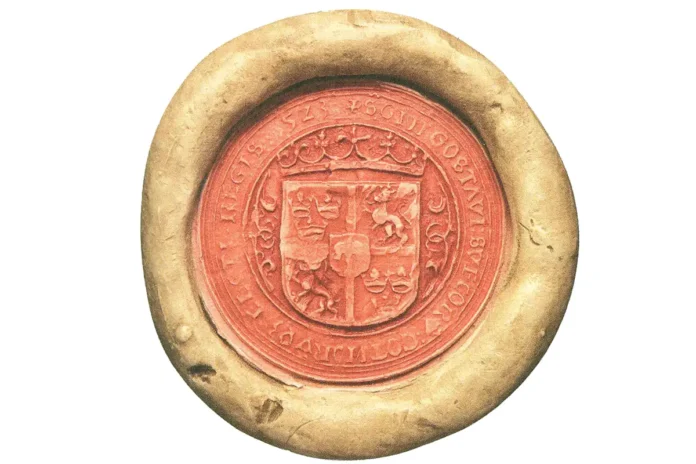Despite not being a native of Stockholm, Gustav Vasa is a significant figure in Swedish history and has left a lasting impression on the city. Stockholm visitors will notice his influence in many landmarks and cultural references.
Significance in history
Gustav Vasa’s ascendancy
Gustav Vasa rose to prominence during the early 16th century, particularly after the Stockholm Bloodbath in 1520, where many Swedish nobles were executed under the orders of Danish King Christian II. Vasa was elected king on June 6, 1523, marking Sweden’s independence from the Kalmar Union. This event generated massive support for him and began the country’s transition to a hereditary monarchy.
By consolidating power and reforming the government and church, Gustav Vasa laid the foundation for modern Sweden. Today, Sweden celebrates June 6 as its National Day in recognition of his achievements.
Legacy in Stockholm
Vasa has had a significant influence on Stockholm. He made the city a major center of government and restored its privileges. To control Stockholm, he promoted Protestant reforms and appointed local magistrates, influencing the political climate. This period is represented by the Royal Palace in Gamla Stan, which stands for continuity from Vasa’s rule to the present.
Cultural references
- Vasamuseet (Vasa Ship Museum)
The Vasa Museum, which holds the wreckage of the tragic warship Vasa, which went down on its maiden voyage in 1628, is one of the most famous sites associated with the name Gustav Vasa. Over 1.5 million people visit the museum each year, making it one of Sweden’s most popular tourist destinations. It bears witness to the maritime history and legacy of Vasa. - Vasaparken
Another noteworthy site is Stockholm’s Vasaparken, a park in the Vasastaden (Vasastan) neighborhood that bears the name of the Vasa dynasty. It was founded in the late 1800s and represents historical and cultural significance, offering a recreational area and paying tribute to Gustav Vasa’s legacy. - Vasagatan
Vasagatan is another Stockholm landmark that honors Gustav Vasa and integrates his legacy into the cityscape. During a major street renaming campaign in 1885, Vasagatan—then known as Clara Strandgatan—got its current name. This renaming was part of an attempt to improve the city’s identity and pay tribute to historical figures. Additionally, the close-by Vasabron, a bridge that links Gamla Stan and City/Norrmalm, also highlights the historical association with Gustav Vasa. - Vasaloppet
The oldest and biggest cross-country ski race in the world, Vasaloppet (not in Stockholm), is another event that honors Gustav Vasa’s legacy. In 1520, during a tumultuous period in Swedish history, Gustav Vasa fled from King Christian II of Denmark. King Christian II had brutally murdered numerous Swedish aristocrats in what is known as the Stockholm Bloodbath. Vasa left for Dalarna to rally local support against Danish rule after escaping capture.

Conclusion
Despite not having been born in Stockholm, Gustav Vasa’s contributions to Swedish history and culture have had a significant impact on the city’s identity.
Visitors to Stockholm can learn more about his legacy, which provides insights into his function as a Swedish reformer and unifier. His name remains linked to historical significance and patriotism. Essentially, this makes him a crucial figure for anyone interested in understanding Stockholm’s rich past.






